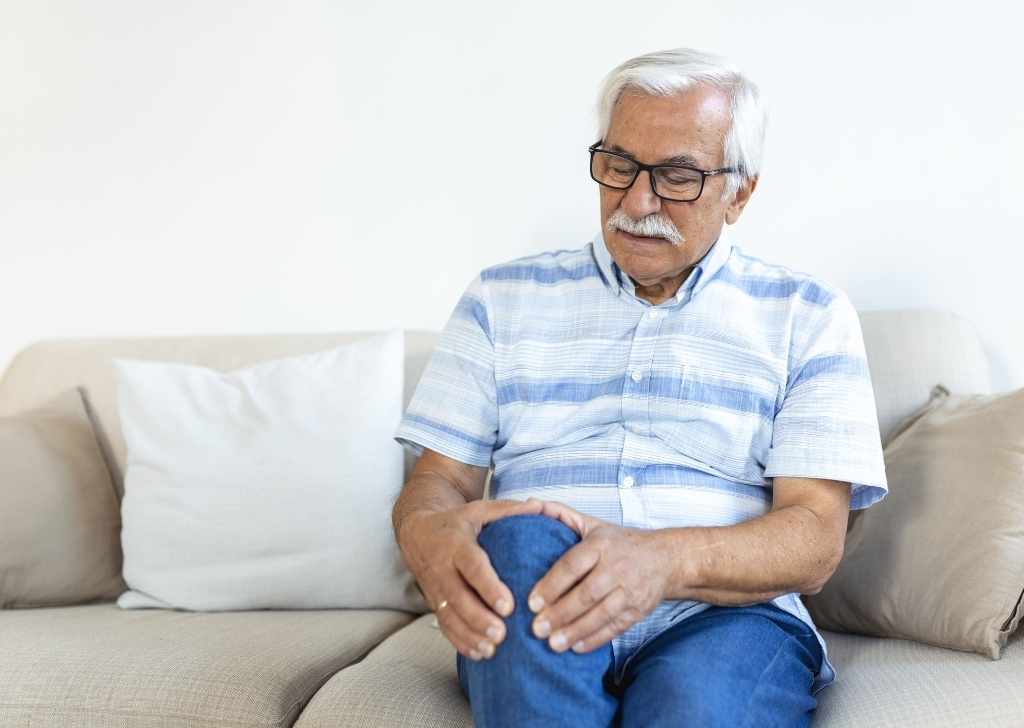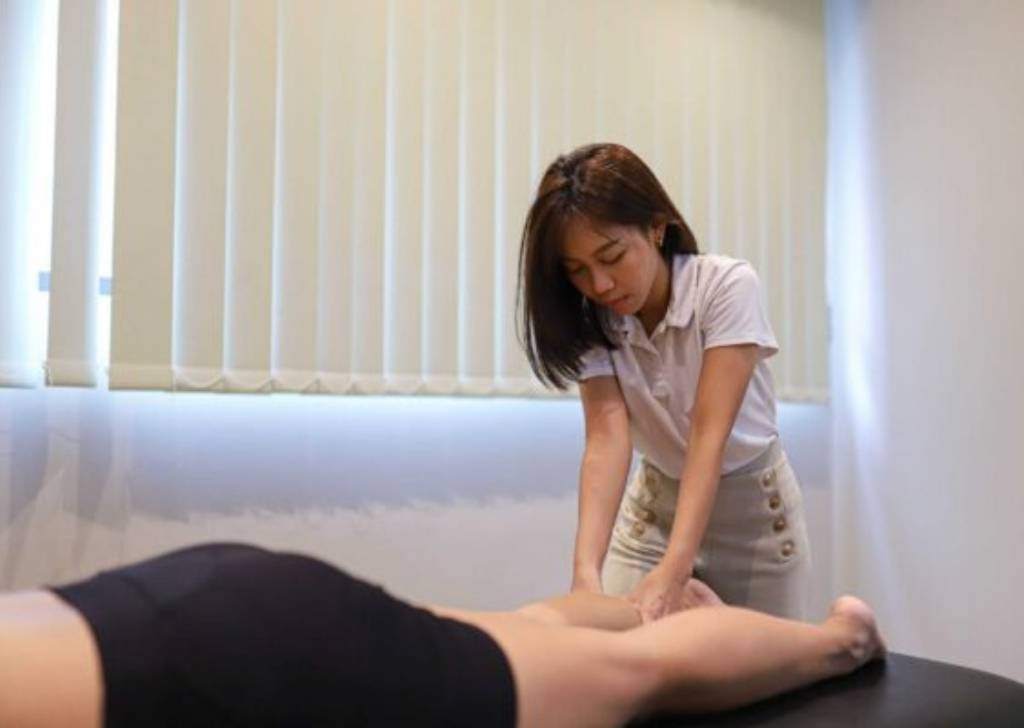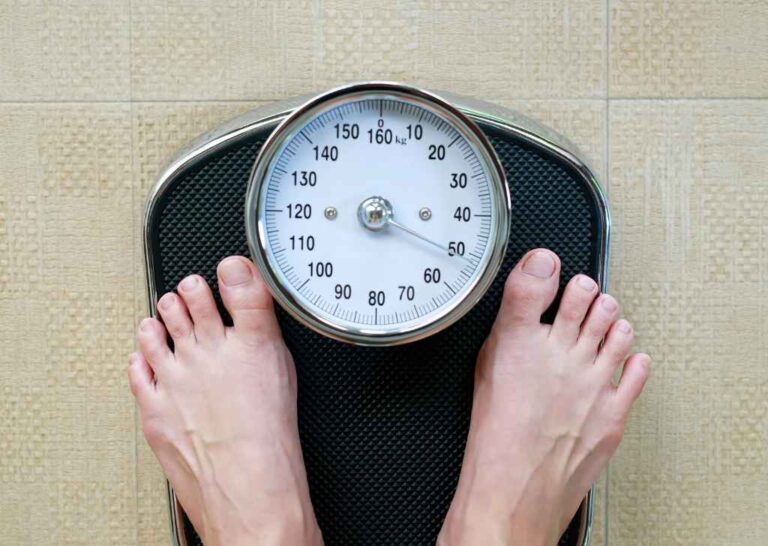What Is Joint Pain and Why Should You Take It Seriously?
Joint pain is any discomfort, soreness, or inflammation that occurs in the area where two or more bones meet. While it may seem minor at first, persistent joint issues can greatly affect your mobility, posture, and ability to enjoy daily activities. For many, this includes joint discomfort stemming from a busy lifestyle, long hours sitting at a desk, or the physical demands of commuting and city life.
Ignoring joint pain can lead to compensation in other areas of the body, thus increasing your risk of further injury or long-term damage. That’s why early diagnosis and the right intervention are key to preventing complications.
At Regenesis Physiotherapy, we provide tailored physiotherapy services that address the root causes of hip, knee, and ankle joint pain. Our goal is not just to manage symptoms but to restore joint stability and function for lasting relief.

Common Causes of Joint Pain
Sedentary Lifestyle and Desk Jobs
Many Malaysians often work long hours and sit in traffic jams inside their cars with poor posture or minimal movement. Over time, this creates imbalances in muscle strength and joint loading especially in the lower back, hips, and knees which may lead to pain and stiffness.Sports Injuries and Overuse
Weekend warriors and fitness enthusiasts are no strangers to joint pain. High-impact activities or improper training techniques often result in microtrauma to the joints, especially in the shoulders, knees, and ankles.Muscle Imbalances and Poor Movement Patterns
When certain muscles are weak or tight, the body compensates in ways that place excess strain on joints. For instance, weak glutes can overload the knees during walking or climbing stairs, causing chronic pain over time.Arthritis and Age-Related Wear
Although age isn’t the sole factor, degenerative joint issues such as osteoarthritis are common among adults. Inflammation, cartilage breakdown, and joint stiffness make daily movement painful and difficult.Old Injuries That Never Healed Properly
Neglected sprains or fractures can result in long-term instability and discomfort in the affected joints. Without proper rehab, the joint never fully regains its normal function, making it prone to future pain or reinjury.Malaysia’s Unpredictable Tropical Climate
Malaysia’s humid climate and frequent rain can worsen joint pain due to drops in barometric pressure, which may cause tissue around joints to expand and create stiffness for those with arthritis or past injuries. High humidity can also trigger inflammation, making conditions like hip or knee joint pain feel more intense. At Regenesis Physiotherapy in Subang Jaya, we offer targeted strategies like morning mobility routines, hydrotherapy, and kinesio taping to help manage weather-related joint discomfort effectively.How Joint Pain Affects Stability and Daily Movement

Loss of Balance and Coordination
Whether it’s hip joint pain or knee instability, discomfort in any weight-bearing joint can affect your ability to walk, climb stairs, or maintain balance. Patients often report feeling “wobbly” or hesitant during movement. This increases the risk of falls on uneven or slippery surfaces especially for the elderly.Muscle Guarding and Weakness
When joints hurt, surrounding muscles often tighten as a form of protection. This “guarding” may seem helpful short-term but leads to stiffness and weakness over time. For example, if you’re experiencing shoulder joint pain, the muscles around your upper back may overcompensate, leading to posture problems and even neck pain.Reduced Range of Motion
Chronic inflammation or mechanical wear-and-tear can literally restrict how far you can bend, twist, or stretch. This is especially true in conditions like frozen shoulder or early-stage arthritis, where even simple tasks like reaching for a mug or tying your shoes become difficult.Energy Drain and Fatigue
Joint pain can also affect the mind — constant discomfort forces your muscles to work harder and can impact your sleep quality, leaving you tired, irritable, and less likely to move, which, ironically, makes the pain worse.What Is The Best Treatment For Joint Pain?

Physiotherapy
Manual therapy, targeted strengthening, and movement retraining form the foundation of our approach. Our physiotherapists guide you through exercises that improve joint mobility, reduce stiffness, and re-establish muscle balance for knee joint pain or chronic shoulder joint dysfunction.Shockwave & Ultrasound Therapy
We use technology like ultrasound therapy to calm inflamed tissues and encourage healing in areas such as the hip, shoulder, or ankle joints. This non-invasive option speeds up recovery and is often combined with active rehab for optimal results.Joint Stability Exercises
Instead of general workouts, we focus on joint-specific stability. Balance drills for ankle joint pain or glute activation for those with hip joint instability. This ensures muscles around the joint are strong, coordinated, and able to prevent re-injury.Medication and Pain Management
In acute phases, joint pain medicine such as Nonsteroidal Anti-Inflammatory Drugs (NSAIDs) may be recommended. However, long-term reliance on medication is discouraged. We work with you to minimize dependence by integrating alternative strategies like heat therapy, Transcutaneous Electrical Nerve Stimulation (TENS), and progressive mobility plans.When Surgery Is Considered
If conservative measures fail especially in severe cases of osteoarthritis or joint instability, surgical consultation may be necessary. Even then, post-surgical rehab is vital to restore full function. At Regenesis, we often work with post-op patients to regain strength, flexibility, and control.When to See a Physiotherapist for Joint Pain

Pain That Persists Beyond a Week
If your joint pain doesn’t improve after a few days of rest, ice, or basic self-care, it’s time to see a physiotherapist. Pain that lingers may signal a deeper issue such as ligament strain, joint misalignment, or cartilage wear, all of which can worsen without guided treatment.Joint Pain That Limits Daily Movement
Can’t bend your knee without wincing? Struggling to twist your shoulder to reach a high shelf? These limitations shouldn’t be your “new normal.” A physiotherapist can assess range of motion, identify muscle imbalances, and recommend targeted strategies to restore your mobility.Recurring Joint Stiffness or Swelling
Joint stiffness in the morning or swelling after a walk may indicate early osteoarthritis, overuse injury, or poor joint support. These are manageable, and often reversible with physiotherapy when caught early. Regenesis designs customised programmes that address these recurring patterns.Recent Injuries or Strains
Don’t wait until your injury gets worse. If you’ve twisted your ankle, strained your wrist, or felt a pop in your knee whether at home or in a work environment, an early visit to a physiotherapy center in Subang Jaya especially for work injuries can reduce downtime and speed up healing.Getting the Right Diagnosis at Regenesis
If you’ve experimented with over-the-counter joint pain medicine or supplements for joint pain but haven’t felt real relief, it’s time to get a professional involved. Physiotherapy addresses the root cause, not just the symptoms. We use detailed physical assessments, gait analysis, and functional movement tests to determine the root cause of joint pain. Our hip, knee, and ankle pain physiotherapy services are designed to address these more complex conditions with targeted care.Nutrition & Lifestyle Tips to Support Joint Health
Managing joint pain isn’t just about therapy. What you do outside the clinic matters just as much. At Regenesis, we advocate for an all-rounded recovery that includes proper nutrition, smart daily habits, and body awareness to reduce joint strain.
Nutrition and Supplements for Joint Pain
While no supplement is a silver bullet, certain nutrients found in foods can support joint health:- Omega-3 fatty acids (anti-inflammatory) — Found in fish, seafood and soy milk.
- Calcium and vitamin D (for bone support) — Found in milk, spinach, dried anchovies, tofu and watercress (Sai Yong Choi).
- Glucosamine-chondroitin blends (for cartilage maintenance) — Found in medical supplements. Alternatively, a diet of bone broth, broccoli, cauliflower and shellfish helps.

Hydration Is Joint Protection
Synovial fluid, the lubricant in your joints requires proper hydration to function well. Drinking enough water daily helps keep your joints cushioned and moving smoothly.

Avoid Joint-Sabotaging Foods
Limit processed sugars, trans fats, and excessive red meat. These promote inflammation, which can worsen joint pain, especially in humid conditions in Malaysia.

Maintain a Healthy Weight
Extra body weight adds pressure to your knees, hips, and spine. Losing just 5–10% of body weight can drastically reduce pain in load-bearing joints.

Stay Active But With Caution
Low-impact activities like swimming, brisk walking, or guided Pilates sessions keep joints moving without overloading them. At Regenesis, we often recommend these alongside in-clinic therapy to maintain progress.

Frequently Asked Questions (FAQ) – Joint Pain and Physiotherapy
While rare, persistent joint pain can sometimes be linked to cancers such as bone cancer, leukemia, or metastatic cancers. However, the vast majority of joint pain cases are caused by less serious conditions like arthritis, injuries, or inflammation. If your pain is unexplained, worsening, or accompanied by other symptoms like weight loss or fatigue, it's best to seek medical evaluation.
Joint pain can vary depending on the cause. It may feel sharp, dull, throbbing, or achy. Some describe stiffness or a grinding sensation, especially during movement. Pain may be constant or triggered by activity. At Regenesis, our physiotherapists assess the quality and location of pain to tailor treatment that addresses both the symptoms and root cause.
Not all joint pain is due to arthritis. It could stem from muscle strains, ligament injuries, bursitis, tendonitis, or even infections. Poor posture, overuse, or joint misalignment may also lead to pain. That’s why accurate diagnosis by a trained physiotherapist or medical professional is crucial before beginning treatment.
Joint pain often worsens at night due to reduced movement, inflammation buildup during the day, or pressure from certain sleep positions. Temperature drops may also play a role, particularly in Malaysia’s humid evenings. If your pain disrupts sleep, a physiotherapist at Regenesis can help with positioning strategies and night-time joint support.
Certain foods may worsen inflammation and joint pain in sensitive individuals. These include processed sugars, refined carbs, red meat, and foods high in omega-6 fatty acids. For some, dairy or gluten may also trigger inflammation. Pairing physiotherapy with an anti-inflammatory diet can enhance recovery and joint comfort. Always consult your healthcare provider for dietary guidance.
Let’s Get Your Joint Mobility Back at Regenesis Today!

Struggling with joint pain? At Regenesis Physiotherapy in Subang Jaya, we offer personalised physiotherapy treatments to help reduce pain, improve mobility, and support long-term joint health. Whether you’re dealing with knee, hip, shoulder, or ankle discomfort, our experienced team is here to guide your recovery.
Book your consultation today and get a tailored recovery plan that fits your condition and lifestyle. Let Regenesis help you regain your movement, strength, and confidence without unnecessary medication or surgery.






